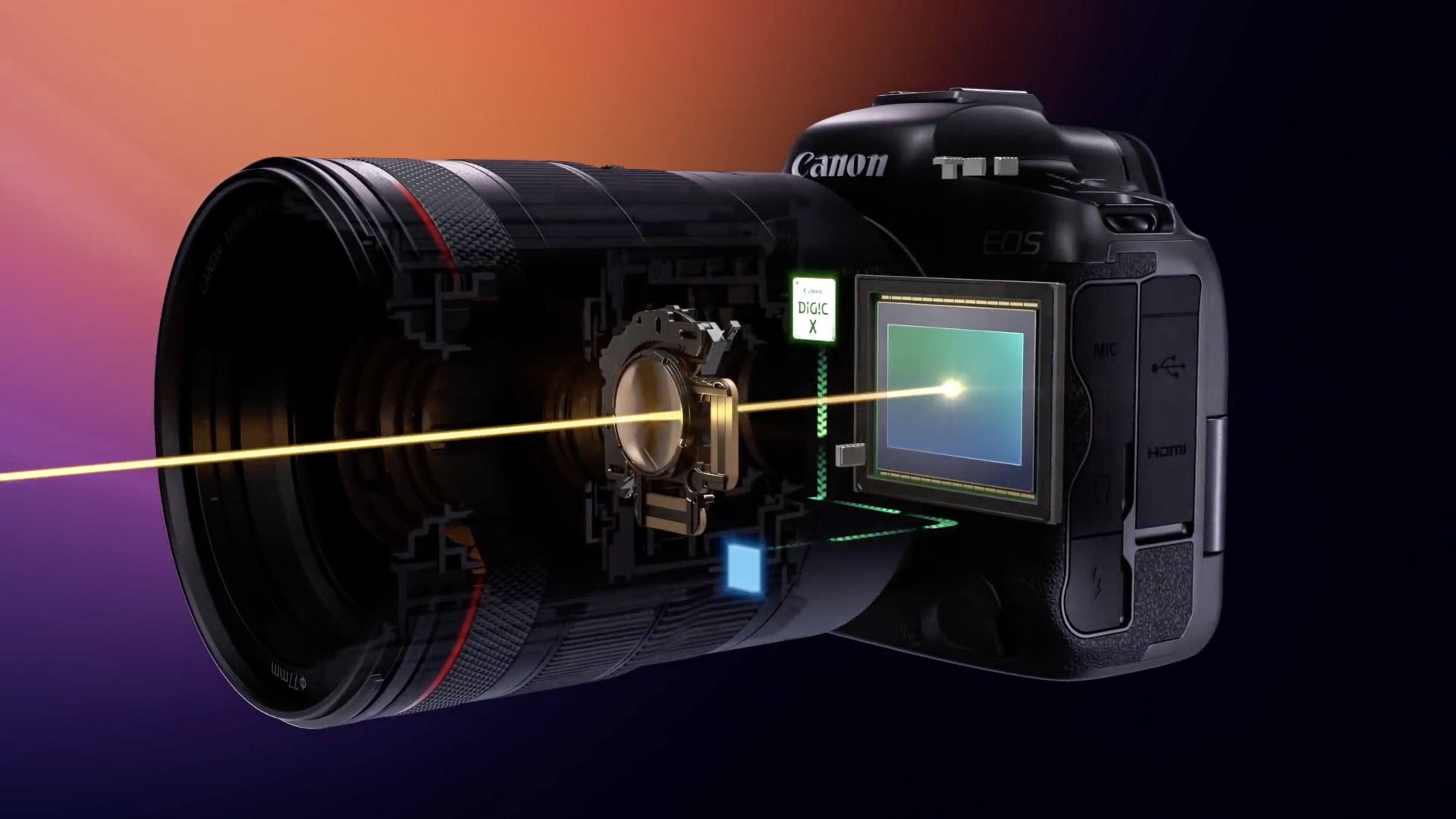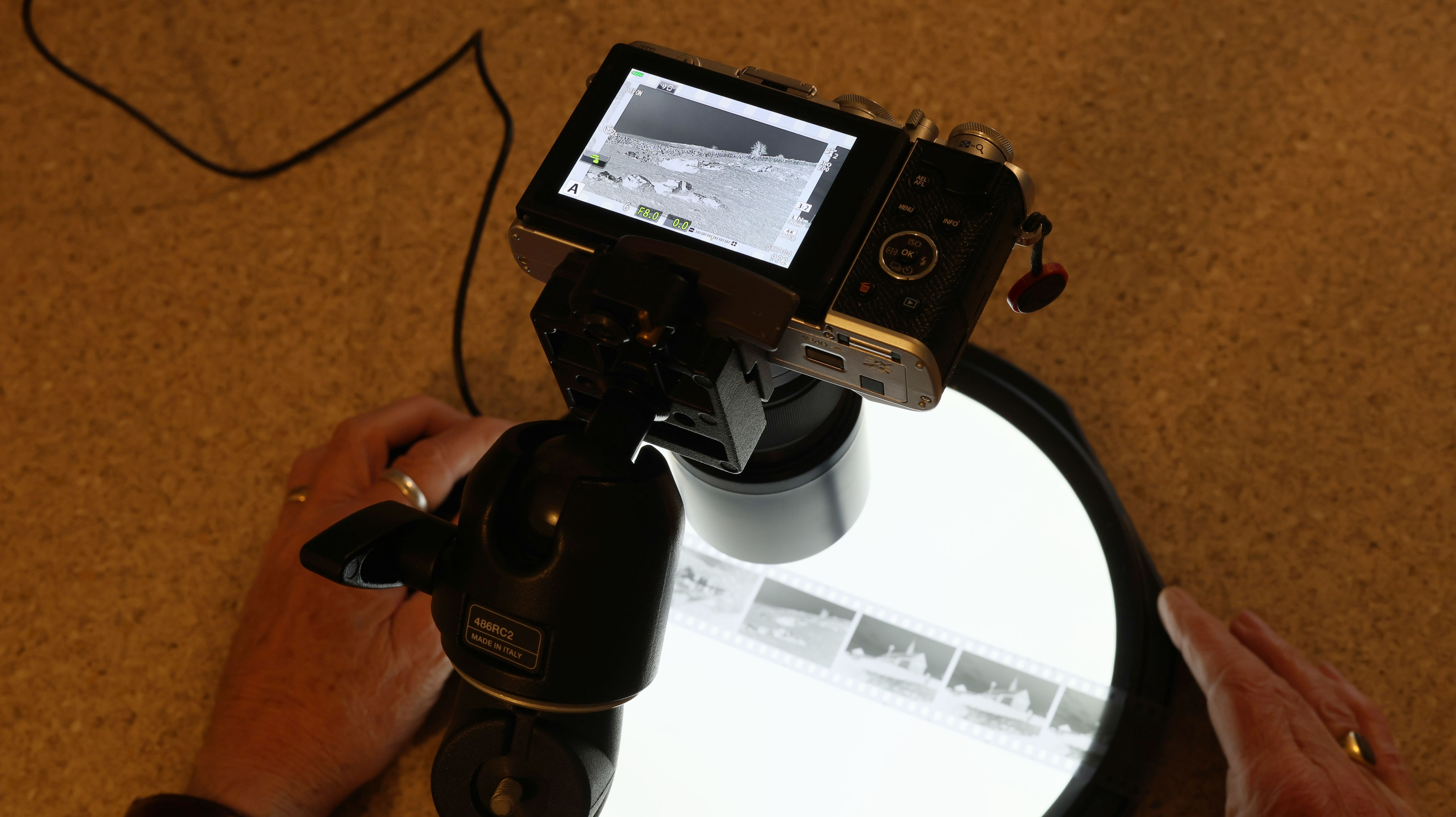5 lenses that get 8 stops of stabilization on the Canon EOS R5 and R6
Plus 5 more lenses that deliver 7 stops, 6.5 stops and 6 stops of stabilization on the Canon EOS R5 and R6

With the launch of the Canon EOS R5 and Canon EOS R6, Canon has finally embraced the power of in-body image stabilization (IBIS) – which was previously perhaps the single biggest omission from the EOS R system.
However, with the addition of five-axis IBIS to its two latest cameras, both the Canon EOS R5 and Canon EOS R6 are capable of a remarkable eight stops of stabilization, depending on the lenses that are used.
The stabilization system in the R5 and R6 will work with Canon's RF, EF and EF-S lenses, regardless of whether they feature in-lens IS (aka Canon's Optical Image Stabilizer). It will also work with third-party lenses as well as "dumb" lenses with no electrical communication.
That means that any lens you mount on the Canon EOS R5 or R6 – whether it's a Canon lens, a Sigma lens, a vintage lens, an expensive cine lens or a cheap manual focus lens – will benefit from a maximum 8 stops of stabilization.
So which glass will give you this premium IBIS performance? So far there are five Canon RF lenses that deliver the full eight stops:
| Lens | Lens IS only | Lens IS + in-body IS |
|---|---|---|
| RF 24-70mm f/2.8L | 5 stops | 8 stops |
| RF 24-105mm f/4L | 5 stops | 8 stops |
| RF 24-105mm f/4-7.1 | 5 stops | 8 stops |
| RF 28-70mm f/2L | None | 8 stops |
| RF 70-200mm f/2.8L | 5 stops | 8 stops |
What's remarkable is that the system doesn't rely on sync-IS to achieve its top stabilization. Unlike Olympus, Panasonic and Fujifilm's IBIS, which synchronizes with the IS in specific lenses to produce their respective maximum stabilities, Canon's IBIS system can deliver eight stops even on the Canon RF 28-70mm f/2L USM – a lens that has no stabilization at all.
This is no doubt thanks to the enormous image circle and outstanding edge-to-edge sharpness featured by the lens, as detailed below. And it should be pointed out that eight stops is the new industry best – even outpacing Olympus, whose 7.5 stops of IBIS in the Olympus OM-D E-M1 Mark III and E-M1X was the previous champion.
The best camera deals, reviews, product advice, and unmissable photography news, direct to your inbox!
The incredible IBIS doesn't stop there, though, as there are a further three lenses that deliver a still-amazing seven stops of stabilization:
| Lens | Lens IS only | Lens IS + in-body IS |
|---|---|---|
| RF 15-35mm f/2.8L | 5 stops | 7 stops |
| RF 35mm f/1.8 Macro | 5 stops | 7 stops |
| RF 50mm f/1.2L | None | 7 stops |
Again, it's incredible that the Canon RF 50mm f/1.2L USM – which doesn't possess any in-lens stabilization – immediately benefits from 7 stops of IBIS when mounted on the R5 and R6 bodies.
And that's not all! There are another two lenses that benefit from six or more stops of stability when used with the new bodies:
| Lens | Lens IS only | Lens IS + in-body IS |
|---|---|---|
| RF 24-240mm f/4-6.3 | 5 stops | 6.5 stops |
| RF 100-500mm f/4.5-5.6L | 5 stops | 6 stops |
So there are 10 RF lenses that benefit from between 6.5 and 8 stops of stabilization on the Canon EOS R5 and R6. What Canon has yet to clarify, however, is the base or minimum number of stops provided by this IBIS technology.
Most 5-axis in-body image stabilization systems state 5 stops of stability, but Canon is being a little more measured at this point and explains that it is all down to the properties of individual lenses.
"What this is all about is the size of the image circle that the lens can project inside the camera," said David Parry, Product Intelligence Consultant at Canon UK.
"So if the image circle is really big, if the image quality on it is really good edge-to-edge, you're allowing the sensor to move around a lot, which will give you the image stabilization. And obviously that will vary depending on focal lengths and all the rest of it as well."
That would explain how the 50mm f/1.2L and 28-70mm f/2L, two lenses with no stabilization but huge image circles, can achieve 8 stops of stabilization purely from IBIS – a trick that no other manufacturer has yet mastered.
So, while Canon may be late to the party when it comes to in-body image stabilization, it has spent that time finding new wrinkles to the tech that nobody else is capable of. Better fashionably late than never!
Read more:
Canon EOS R5 review
Canon EOS R6 review
Best Canon RF lenses: the best lens for Canon EOS R5, R6, RP and Ra
Canon RF lens roadmap: current and future lenses for the Canon EOS R system

James has 25 years experience as a journalist, serving as the head of Digital Camera World for 7 of them. He started working in the photography industry in 2014, product testing and shooting ad campaigns for Olympus, as well as clients like Aston Martin Racing, Elinchrom and L'Oréal. An Olympus / OM System, Canon and Hasselblad shooter, he has a wealth of knowledge on cameras of all makes – and he loves instant cameras, too.
